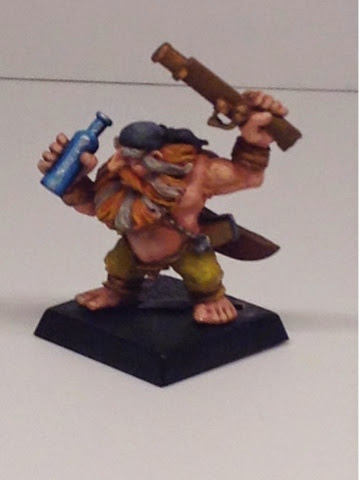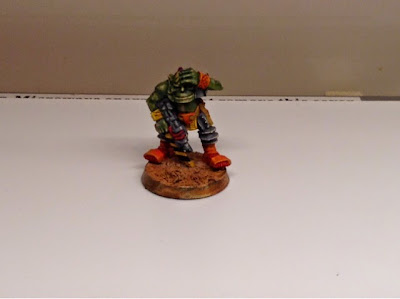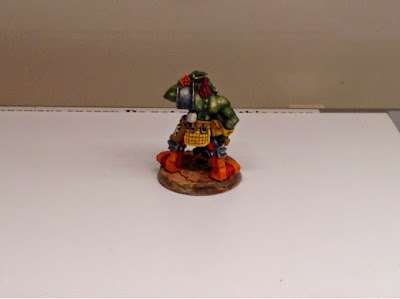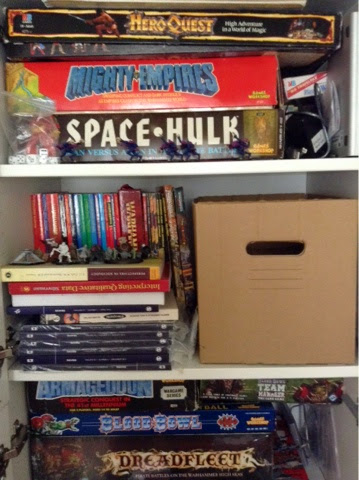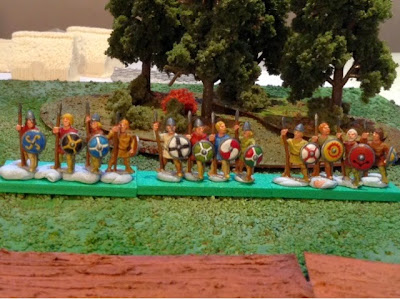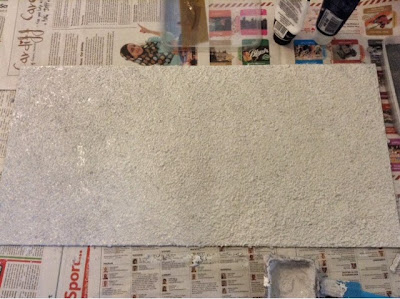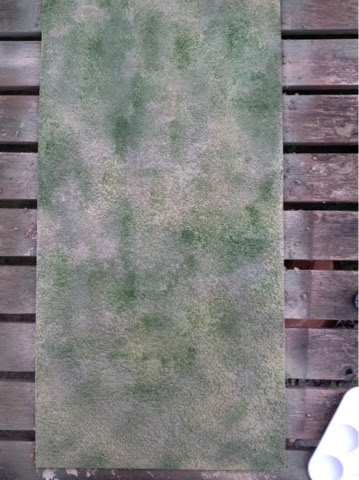RuneQuest 6 is a masterpiece. In my judgement, it is just
too much system for the group that I play with, and for our play-style, but I
can't help but admire the elegance of the system, the quality of the writing,
and the physical book itself – I own the hardcover with slipcase. I also own
Monster Island, the Book of Quests, and will no doubt continue to buy RQ6 stuff
almost as quickly as the Design Mechanism can churn it out. I am very much
looking forward to Mythic Britain.
RQ6 is too much for our group, I said. BUT…
But RuneQuest Essentials has now been released as a FREE resource. You can get it directly from the Design Mechanism HERE. 200 or so
pages containing, well, everything that a player needs to play competently.
Perhaps this summer, when D is back in town and we are able to put some time
into face-to-face play, we could reconsider RQ6. I still, as always, worry that
book-keeping crunch and systems with too many moving parts are enemies of the
kind of freedom that I value in roleplaying games, which is why B/X and its
derivatives are my go-to games. And it'll have to jostle for position with some
other games demanding my attention for our summer game (WFRP1e, Classic
Traveller, etc. etc.). BUT...
But I have more to say on the subject of player competency. I tend to shy away
from games that require any great degree of system mastery on the part of the players
in order for them to play 'well'. It is one of the reasons that I don't like later
D&Ds – it appeared to me that understanding the system was essential if a
player was to make good choices, from character creation to the 'synergistic' use of feats, powers, and magic. I prefer systems in which the players can make
effective choices on the part of their characters without needing any deep
understanding of the mechanics that will be used to resolve the actions. Of
course, you can’t avoid some system 'intrusion', but the system would ideally
be one that a new player could sit down at the table and grok in their first
session. D100 games, with their intuitive roll-under mechanism expressed as a percentage, are good for this. At least until you get to magic - and
magic is the barrier to ‘player competency’ in almost all fantasy RPGs as it often
cannot be understood simply by reference to real life and the [non-mechanical] ‘fiction’. Which is one reason, beyond the aesthetic, why I prefer relatively low-magic games...
Now, magic in RQ6 contains more moving parts than my usual system of choice. But that is a player competency issue I expect and just have to live with. My worry re: player competency in RQ6 is the admittedly
beautiful combat system. Will a character with a low score in their Combat Style, but controlled by
an experienced player, beat a character with a high score controlled by
a novice? Yes, or at least he has a chance. In a D&Dish game a high skill
fighter (as defined by level) has the same chance of beating a low skill fighter
regardless of the players involved. This might sound like a bad thing, but it is not. It is
part of the ‘simulation’ of the world – the player choices with regard to his
or her character are not about what type of stroke to make with your sword, or what part of your body the shield will cover. The level 5 fighter knows this, and he knows it better than the level 1 fighter - and this competency is abstracted into the mechanics of D&D combat. The choices that a player makes are about when to engage in combat, on what terms, in what
circumstances, etc. The larger-scale decisions, the strategic decisions, are the province of
the players, and these can be made in the context of the game world, requiring
little system mastery.
But the more granular the decision making is, the more it will expose the mechanics, and thus it will require greater system mastery in order to play 'well'. In RQ6 the experienced player will have a better
understanding of which Special Effects to apply in which circumstances. he or she will understand how these Special Effects interact with Resistance Skills and the Combat Action cycle/economy. For a skill-based game - which traditionally default to the character sheet to deal with the question of player/character competency - this creates a curious ‘break’
in the conceptualisation of player skill. So you don't need to actually be a great diplomat, as you have Oratory and Influence Skills of over 100%. Sure, you might need to know when to apply these skills, but those decisions are taken at the strategic level, and the level of system mastery required is little more than; "oh, my character is a master orator, so I'll get up on the steps of the forum and try to incite the crowd with tales of the debauchery of the noble classes", i.e. playing well comes down to engaging with the game world, not engaging with the system.
All that said, despite my worry that the granularity of the
system is such that player decisions are being taken at the ‘wrong’ level, the
combat system is a fantastic game in its own right, and the Special Effect system produces some
lovely, easy to narrate battles. And it is FREE, so cheap at twice the price!





































































